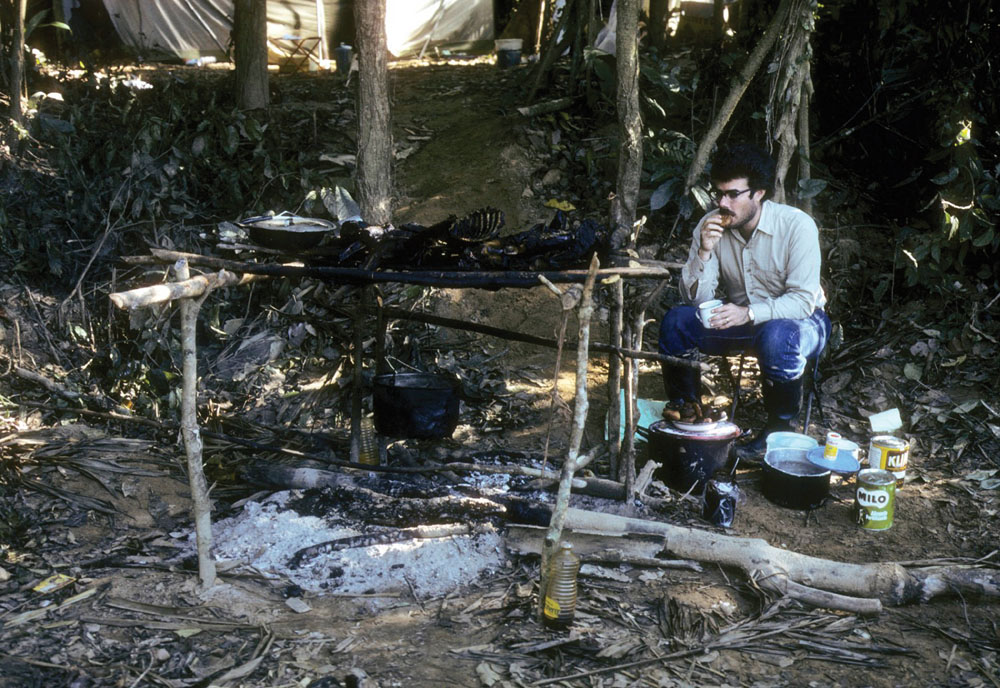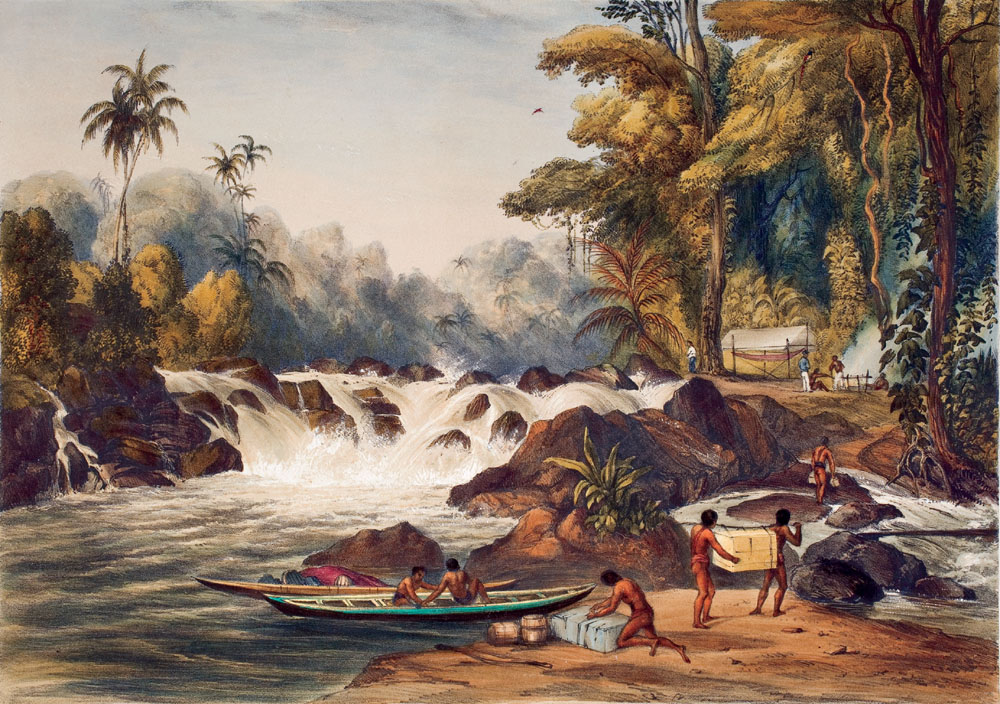The online exhibition Aves: A Survey of the Literature of Neotropical Ornithology was adapted from the exhibition catalogue of the same title, written by Tom Taylor, with contributions by Michael L. Taylor, and published by LSU Libraries in 2011.
Aves | Conclusion
Conclusion
Looking into a large mirror at the zoo founded by Miguel Álvarez del Toro at Tuxtla Gutiérrez, you will see, along with your own visage, these words: THE MOST DANGEROUS AND DESTRUCTIVE SPECIES IN THE WORLD (Navarro and Morales-Pérez 1999, 226). True enough: There is no doubt that Homo sapiens has done a fairly comprehensive job of overexploiting and thereby destroying much of the natural fecundity that flourished in the New World.
Aves | Acknowledgements
Acknowledgements
The LSU Libraries thanks Tom Taylor for his extraordinary generosity in committing time and resources to make this publication and exhibition possible, and the Coypu Foundation, which continues John S. McIlhenny’s philanthropic dedication to wildlife and education through its support of this catalogue and exhibition.
Aves | Sources
Sources
- Aleixo, Alexandre, and J. F. Pacheco. 2007. “Proposal (#293) to South American Classification Committee: Recognize Donacobius in Its Own Family, Donacobiidae.” http://www.museum.lsu.edu/~remsen/SACCprop293.html.
- Álvarez del Toro, Miguel. 2010. “In Search of the Horned Guan.” In Kevin Winker, ed., Moments of Discovery. Natural History Narratives from Mexico and Central America. Gainesville: University Press of Florida.
- Amandon, Dean. 1974.
Aves | Modern Fieldwork
Modern Fieldwork

A young John O’Neill in 1977, camped by the Rio Heath on the border between Peru and Bolivia. The animal roasting on the makeshift grill is a tapir. The pot and other paraphernalia at O’Neill’s feet are ingredients for hot chocolate, a beverage he considers indispensable to happy camp life. Once, when asked what he most feared in the jungle, O’Neill replied, “Running out of sugar.”
Aves | People and Places
People & Places

Aves | Life Histories
LIFE HISTORIES
The life histories of their targets were seldom of concern to the men who pursued specimens for museums, except as such knowledge aided in locating the birds for collecting. After all, one did not make one’s name or one’s living by reporting on behavior; indeed, stopping to observe a bird’s habits might result in unwelcome knowledge as the bird demonstrated the keenness of its instincts by flying out of range.
Aves | Collecting by Museums
COLLECTING BY MUSEUMS
Before the twentieth century governments and aristocrats were the sponsors of most expeditions to the Neotropics, the materials collected going to museums to be described, preserved, and displayed. The museums themselves were passive, having little say in where expeditions went or what they collected. In the twentieth century, however, that began to change in the United States, with our major museums taking the lead in organizing and directing fieldwork. The trend had begun earlier, with Spencer F.
Aves | Museum Men
MUSEUM MEN
Whatever the travails endured by explorer-collectors in the field, at least they are now remembered with a certain admiration and envy. By contrast, the “museum man,” the taxonomist who labored to make sense of all those birds, is largely forgotten. Such men worked with specimens laced with arsenic, alcohol, and other preservatives in conditions often cramped, cold, and airless, in an obscurity brightened only by publication in equally obscure journals. Among the names associated with such museum work are August von Pelzeln, Ladislas Taczanowski, A. O.
Aves | Collecting by Individuals
COLLECTING BY INDIVIDUALS
A great many birds fell to guns in the New World in the nineteenth century, and much of the killing was wanton slaughter. Besides the millions of egrets and terns killed to decorate women’s hats, vast numbers of shorebirds and waterfowl were blasted by market gunners, who in their ignorance hunted in spring, when birds were massed in migration just before breeding. On top of that, there was limitless, largely unregulated hunting for sport.
Pagination
- Page 1
- Next page
